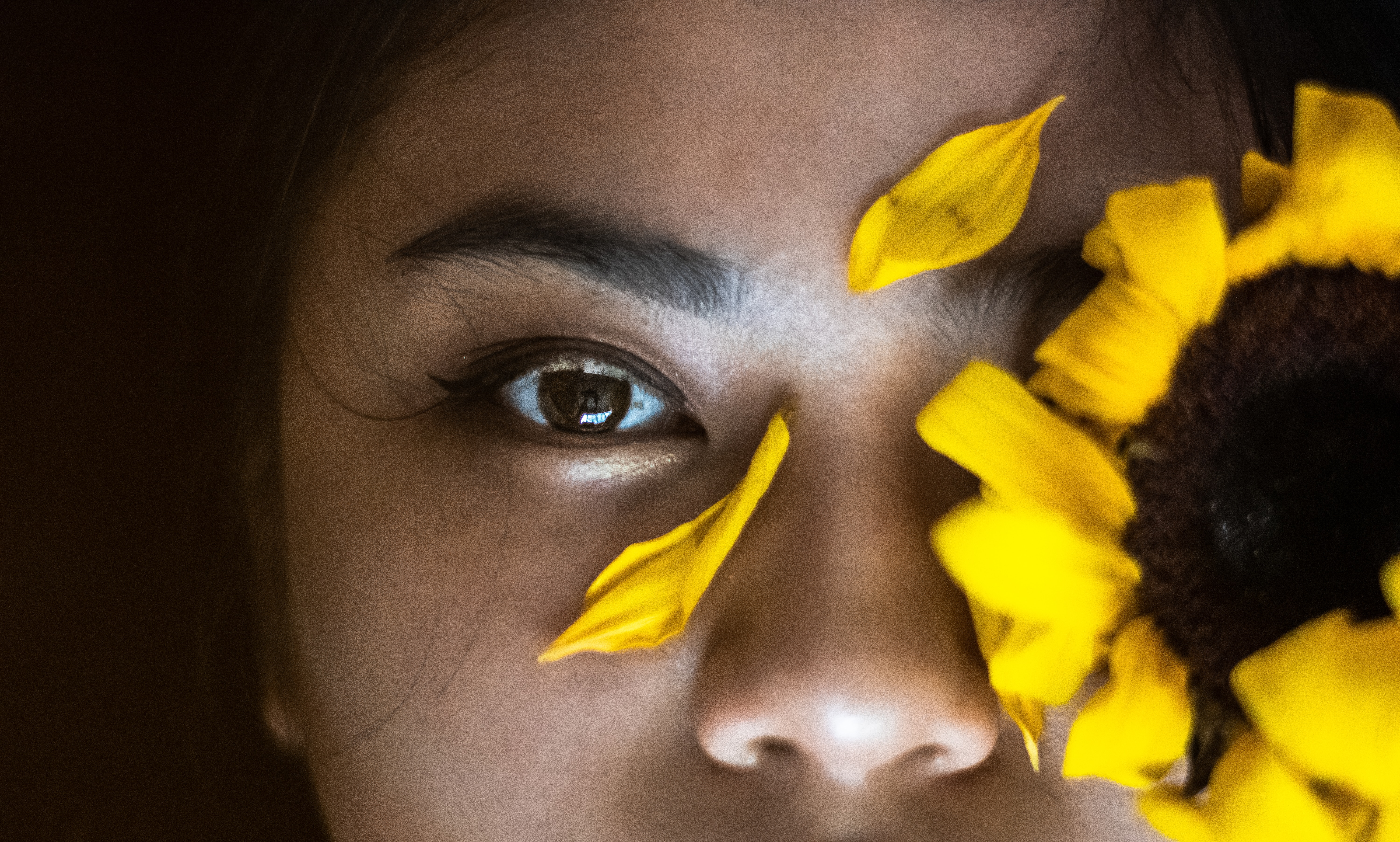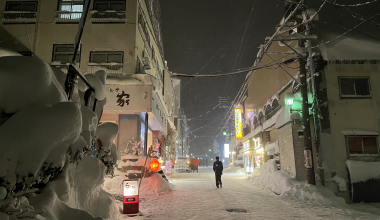Hollywood goes Oriental
All the ABCs got emotional when Crazy Rich Asians hit cinemas. Australian and American Born Chinese millennials remarked upon how powerful it was to see faces like their own in leading, attractive roles on the big screen. Just quietly, I think the protagonist, played by Constance Wu, bears more than a passing resemblance to myself. Hers kinda is a face like my own, even if I don’t feel the same sense of pride/relief/emotion about representation.
So when Netflix released Always Be My Maybe, also featuring East Asian leads, people got a bit excited about this, too – are we witnessing a new era of diversity in Hollywood?
Crazy Rich Asians vs Always Be My Maybe
[SPOILER ALERT]
The films have a bunch in common. Both of them:
- Are rom-coms;
- Have been popular;
- Star Asian protagonists (rounding up to the nearest whole number for Henry Golding);
- Feature a wise solo parent: Rachel’s quiet but affirming single mother in Crazy and Marcus’s awesome widower dad in Maybe;
- Showcase the symbolic importance of food: the dumpling scene in Crazy and Marcus’s mum’s kimchi dish in Maybe.
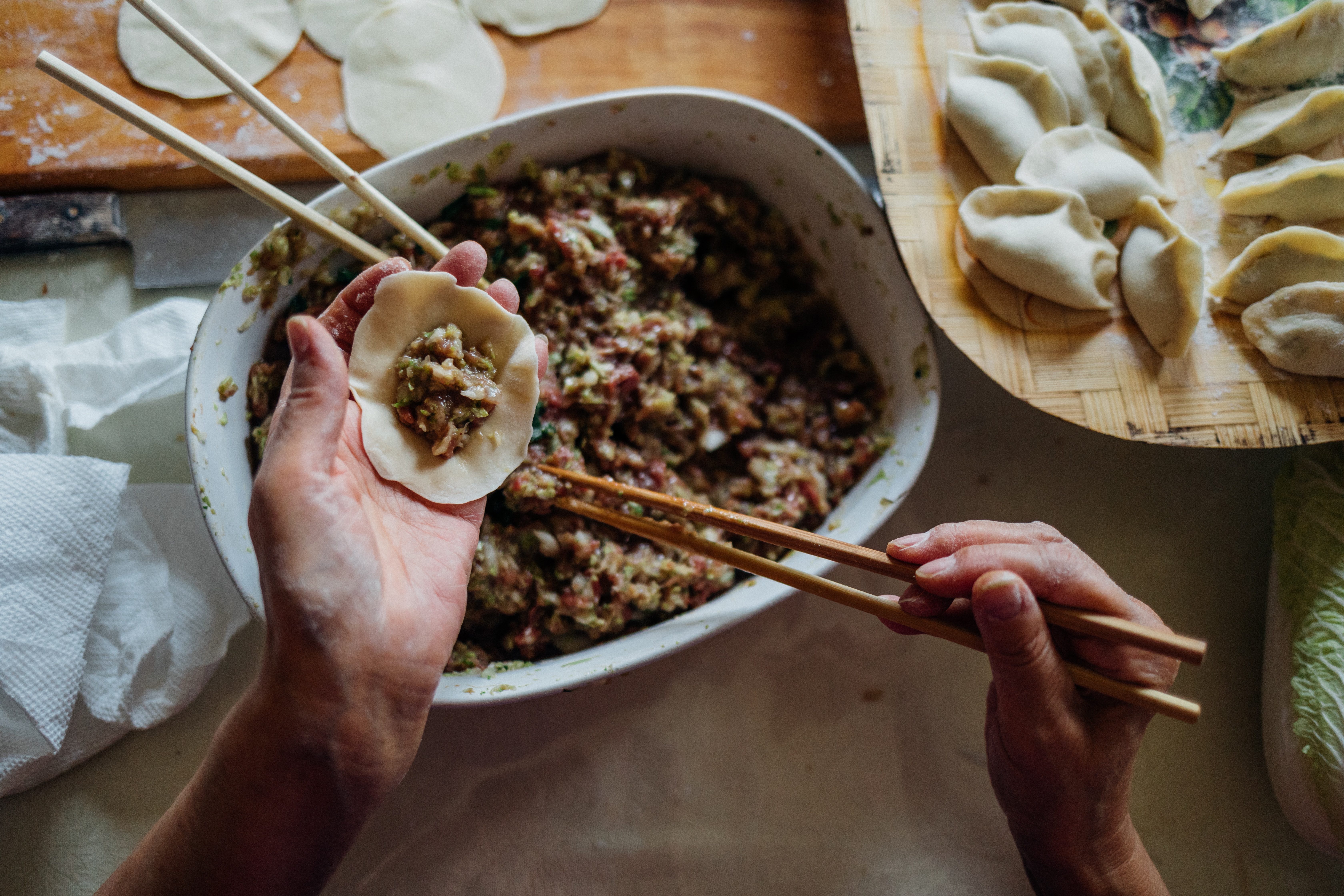
But despite both Crazy and Maybe being stories about westernised Asians finding love (within racial boundaries, might I add), there are a few notable differences between them:
- Maybe features Keanu Reeves (making the Cameo of all cameos) while Crazy, alas, does not;
- Maybe‘s male lead is 100% Asian (Korean American Randall Park), Crazy‘s is 50% Asian (half Malay, half English Henry Golding);
- In Crazy, the female lead enters the male lead’s world; in Maybe, the male lead ends up in the female lead’s world.
But the key difference, I think, is the role of Asian culture in each film.
Incidentally Asian protagonists
While Crazy is very much about a Chinese American woman navigating the culture of upper class Singapore, Asian culture in Maybe is, in contrast, bizarrely incidental. Being Asian doesn’t define either Sasha or Marcus, both of whom also happen to have super unAsian names.
I wondered if they were deliberately trying to buck stereotypes in every possible way. Sasha is a high-end celebrity chef, and Marcus is the singer in a hip-hop band of all things. Marcus’s dad hooking up with the black Diana Ross tribute singer is also extremely unAsian behaviour. As this piece insightfully explains, the film is much more about (post-white) San Fransisco culture, particularly in the 90s, than about Asian culture.
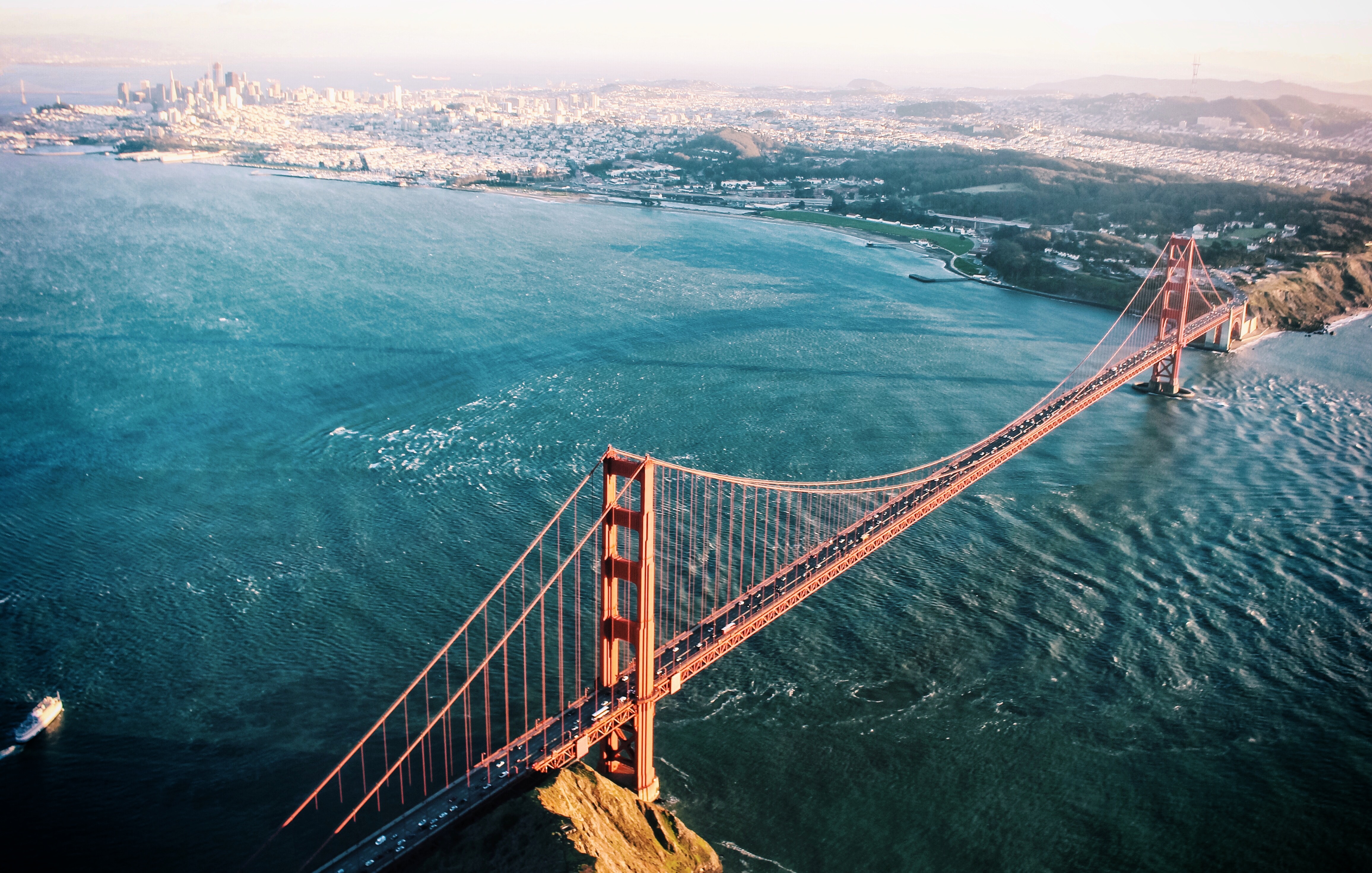
Perhaps one detail of Maybe that does reflect many a migrant experience is Sasha’s parents’ absence due to work. They sacrifice presence for provision during her childhood – which contributes to Sasha’s close friendship with Marcus and his family.
Nick’s interfering family plays a far more significant role in Crazy, forming the basis of the conflict and thus the storyline. His mum and other relatives don’t approve of Rachel at all, and this drives the events of the film. Rachel’s decision – after a memorable mah jong scene – to renounce her own happiness for the sake of Nick’s relationship with his family is classic love-manifest-through-sacrifice Asian behaviour (also kinda Christlike).
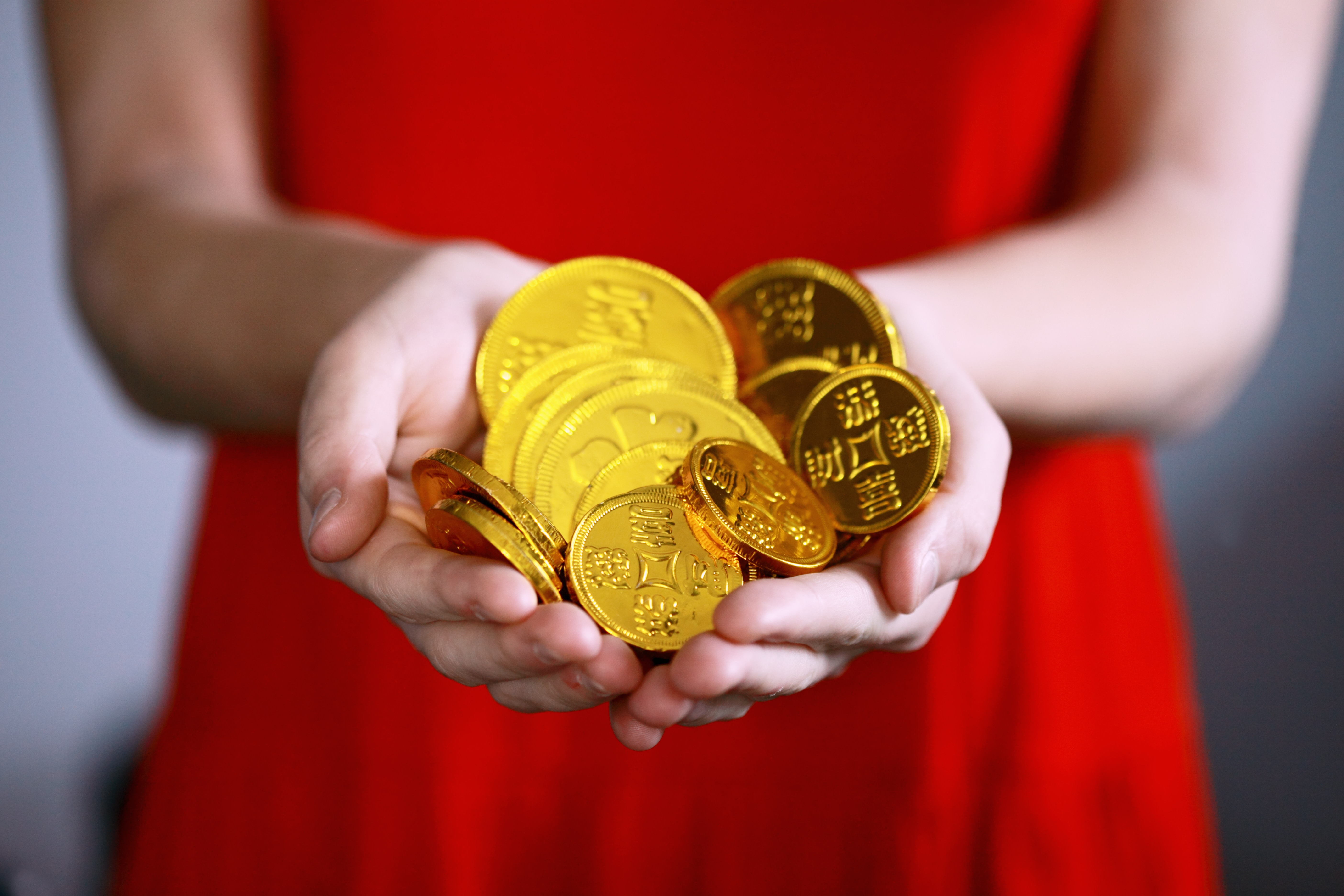
Uncomfortably incidental
It’s interesting to me in its own right how unAsian Maybe is. For that reason, it feels more true to my own experience of growing up and adulting as an Asian person in educated middle-to-upper-middle class Australia.
And yet, I somehow felt a bit weird about Maybe in a way that I didn’t about Crazy.
Why is it uncomfortable for me to see Sasha and Marcus looking 100% yellow while behaving 100% white? It makes me wonder if that’s how other people look at me as I go about my life, looking Asian, doing unAsian things.
It makes me question how I really feel about my cultural heritage being incidental. My aim has been for people to not see – or to see beyond – my ethnicity, but was it a good thing to have succeeded in such seamless assimilation? Am I what white people have in mind when they rave about multiculturalism?
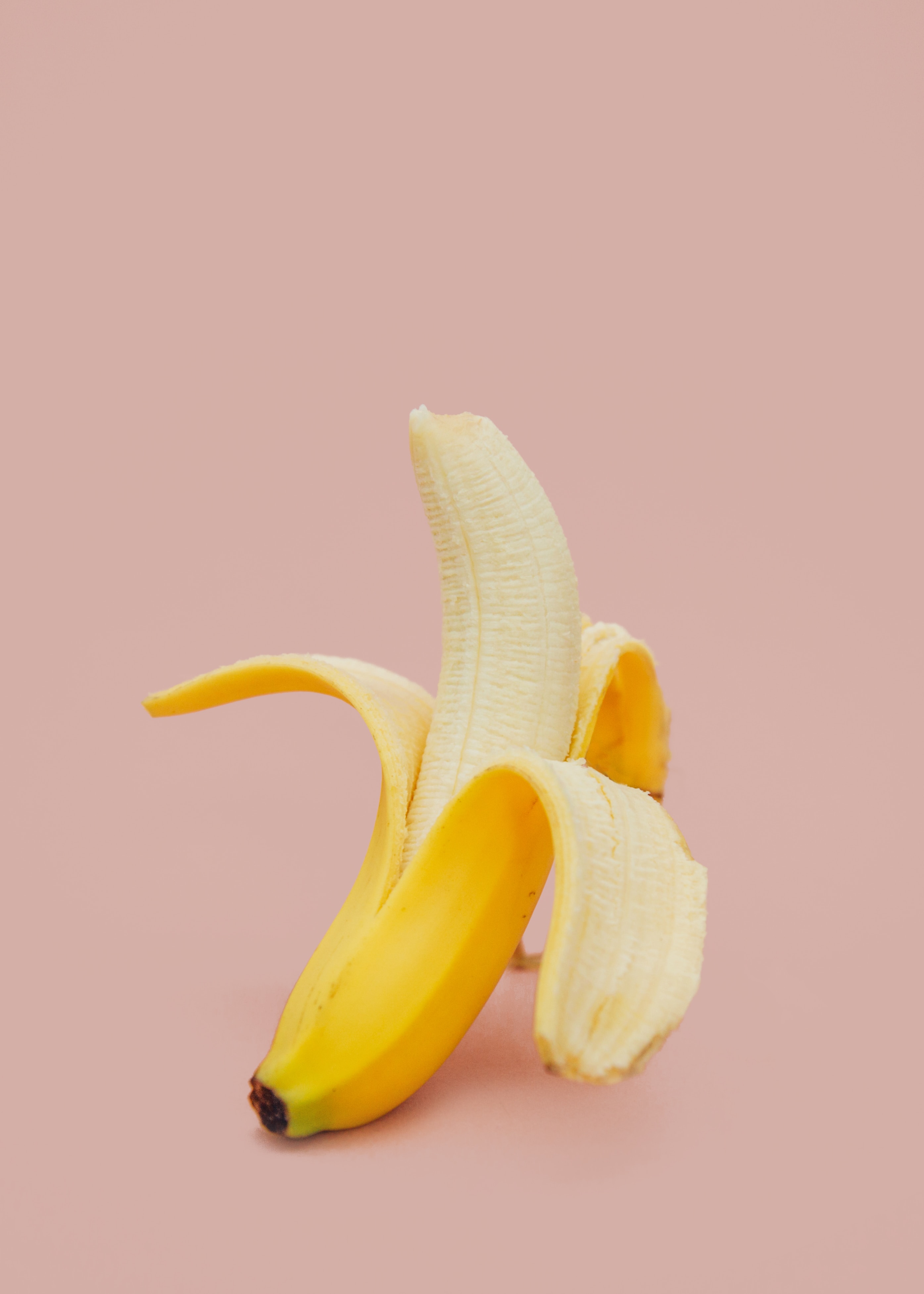
In Crazy, Rachel essentially has to prove she’s worthy of Nick, truly Asian and not a banana, a yellow-washed white girl. In Maybe, Sasha and Marcus don’t have to prove anything – either that or they spend the entire movie proving they’re white enough, depending on your point of view.
I often say that I see the world like a white person, and Always Be My Maybe made me more aware of how awkward that is. Perhaps it’s because I – like you, no doubt – am too accustomed to seeing ethnic faces behave in certain ethnic ways. Because until recently, that’s all pop culture has given us.
Perhaps Sasha and Marcus made me uncomfortable because they represent not only me, but the stereotypes about me that need to shift, both in the movies and in my own identity.
Perhaps in reflecting me they force me to assess the pros and cons of being a banana, and the limits of post-racial thinking.
Worth reading:
- The Bay Area of the nineties is where I’m from: reflections on Always Be My Maybe. This article got me to think about postwhiteness, which definitely helped progress my thoughts about incidental Asianness in the movie.
- A case for seeing more Asian underachievers on screen. This article made me go “Haha” and “Hear, hear!” at the same time.
Header image by Mathilda Khoo.

